Monuments to Slavery
Explore Monuments to Slavery
Monuments to Slavery
For a country that served as the departure point for hundreds and thousands of West African slaves during Africa’s darkest years, it’s little wonder that the history of slavery and its painful reminders can be witnessed throughout Sierra Leone.
For visitors, it’s important to understand the role slavery played in shaping the country we see today. There are many monuments that will help visitors understand Sierra Leone’s tragic past and also, the determination and incredible resilience of its people.
While the capital, Freetown, as its name suggests, was founded in the late 18th century as a home for repatriated freed slaves from Nova Scotia and other slave colonies, it was only in 1928 that domestic slavery was abolished in Sierra Leone. Notable sights in the capital include the 300-year-old “Cotton Tree” at the heart of Freetown, the Wharf Steps and Old Guard House and nearby Bunce Island.
The Cotton Tree, a large kapok tree, is a historic symbol of Freetown. We can only guess the age of the giant tree that towers over the street in the heart of the city, but it’s thought to have been there from 1787. The story goes that when former African American freed slaves returned to Sierra Leone to settle there, they gathered beneath the giant branches of the tree and gave prayers and thanksgiving there.
Today, Sierra Leoneans still pray and gather at the tree to make offerings, pray and give thanks to the ancestors.
Bunce Island allows visitors to glimpse the depth of the scars of slavery and the resilience of humankind. This 18th century slave fort was once the most prolific slave trading centre, shipping tens of thousands of slave men, women and children to the North American colonies of South Carolina and Georgia. Today, visitors can see the Guard house, the open-air courtyard and the ruins of Bunce Island House.
Although the Abolition Act had passed and Sierra Leone was a British colony, the Navy was kept incredibly busy trying to stop the still-ongoing slave trade taking place from neighbouring countries. Slaves that were rescued from intercepted ships were brought to the King’s Yard while plans were made to resettle them.


